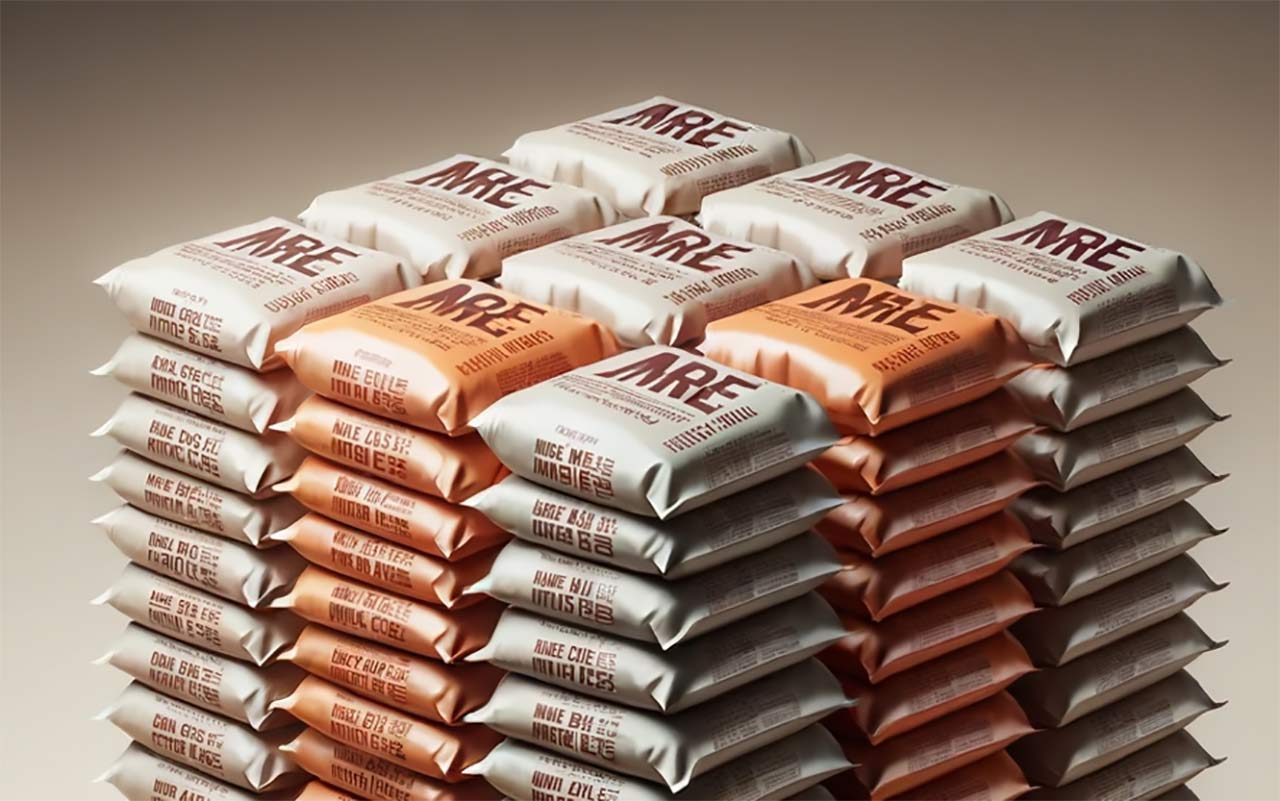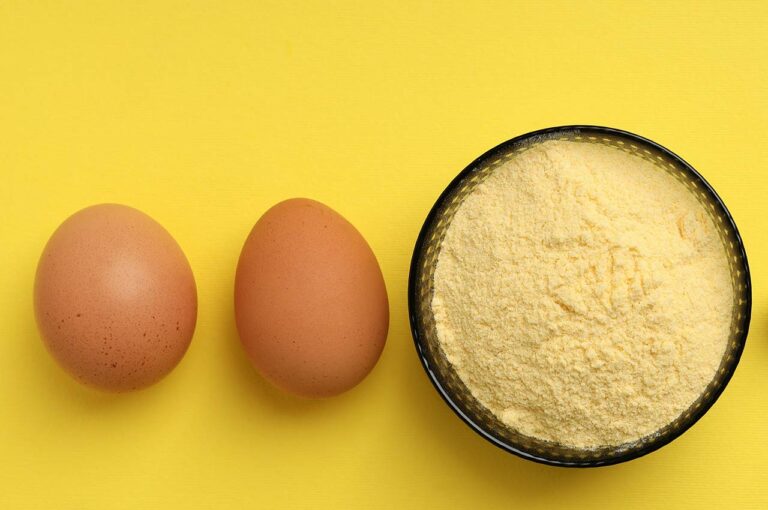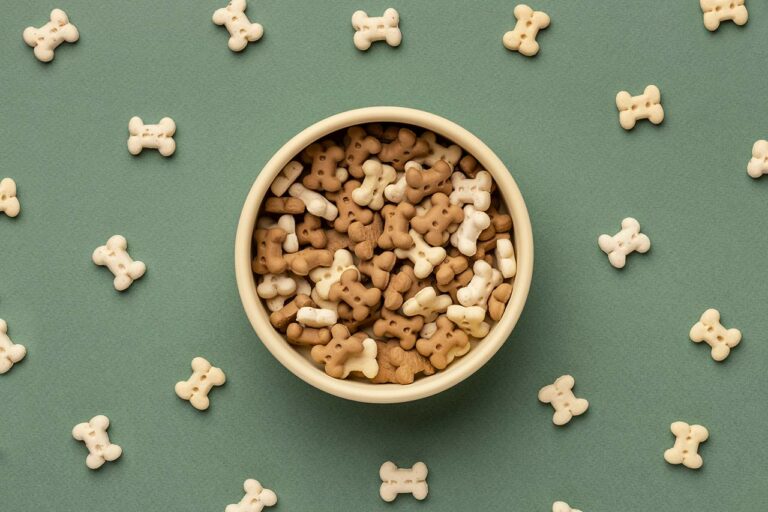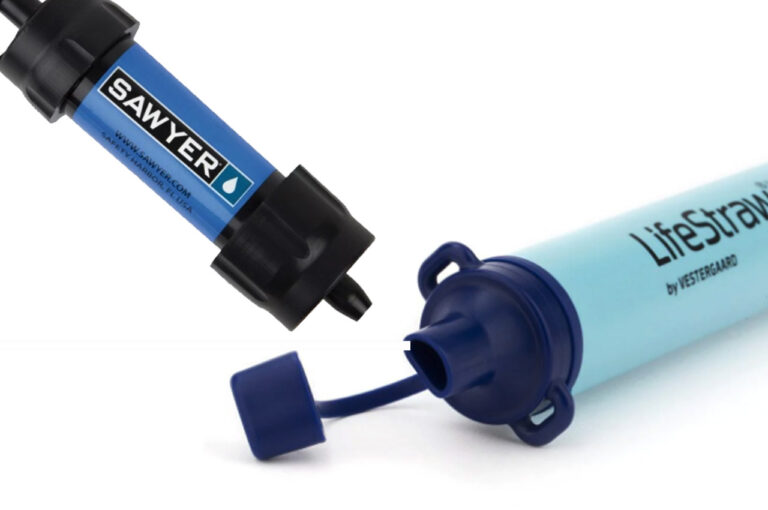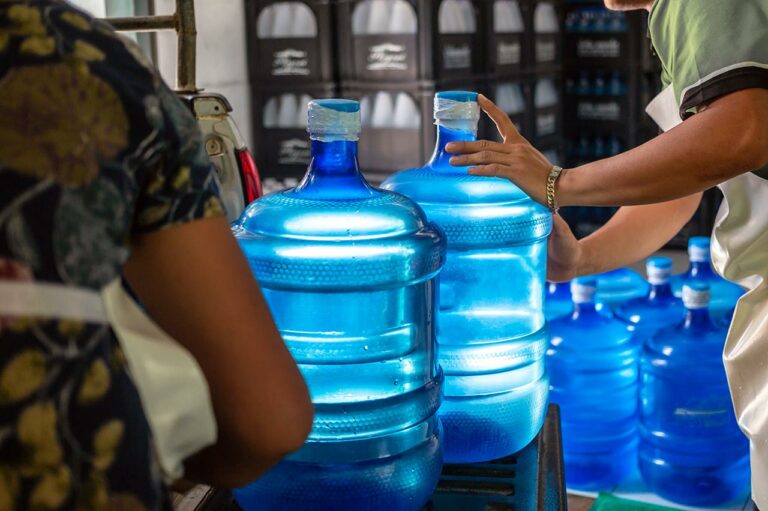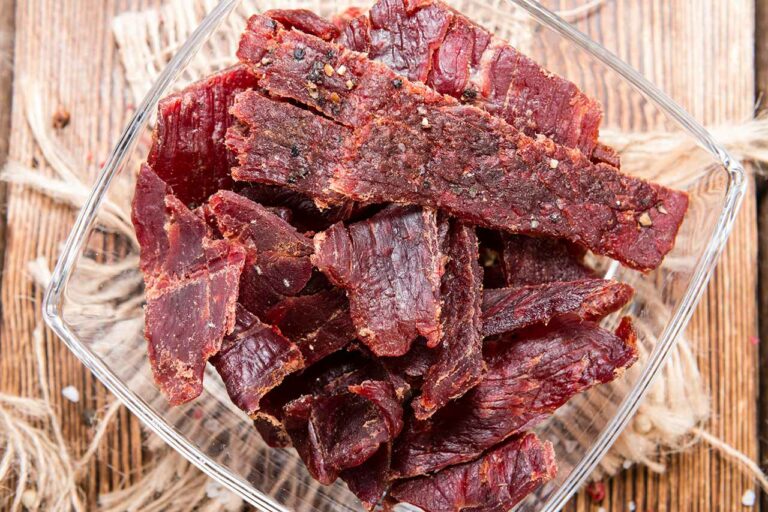How Long Do MREs Last After They Expire? The Truth About Shelf Life
When it comes to MREs (Meals, Ready-to-Eat), the shelf life and expiration are important factors to consider, especially when relying on them for sustenance in survival situations. Knowing how long MREs can last after their expiration will not only give you peace of mind, but will ensure you’re consuming safe and nutritious food without any excess waste.
To start with, MREs don’t typically have set expiration dates. Their shelf life is expected to be around 3 to 5 years when stored at 75°F. Colder storage temperatures can further extend this timeframe. But this doesn’t guarantee their quality during or after this period. Factors like storage conditions, temperature fluctuations, and seal integrity all play roles in determining the actual longevity of your MREs.
Understanding MRE Shelf Life and Temperature
If properly stored at around 75°F (24°C), MREs can last for up to five years. But this is a very variable expiration date. If you’re able to store your MREs in cooler temperatures, MREs can last far longer.
According to the USDA (U.S. Department of Agriculture), MREs stored at 60°F can last seven years or longer, while many survivalists have found MREs stored at 50°F (10°C) or below can last up to ten years.
On the flip side, MREs stored in warmer temperatures will lose quality and nutrition far faster. MREs stored at 80°F, for instance, can be expected to last only about three years, while MREs stored in conditions reaching up to 120°F may last just 30 days.
Other Factors Influencing MRE Shelf Life
While temperature is the main determiner in MRE shelf life, there are a few other factors that can influence MRE storage and lifespan.
Weather
Weather conditions can significantly influence MRE shelf life. If MREs are exposed to high humidity, for instance, their shelf life may be compromised. Over time, humidity can start breaking down the seals on your MREs, allowing moisture in and causing spoilage or mold growth.
Sunlight
Direct sunlight is another enemy of MREs, mainly due to its influence on temperature. Sunlight can increase the temperature of a storage area by multiple degrees, resulting in more rapid degradation of the MRE components.
Dryness
On the flip side of high humidity, dry conditions can affect your MREs longevity as well. Low humidity can cause MRE packaging to become brittle and degrade over time, allowing contaminants in and undermining freshness.
That’s why it’s so essential to take care with your MRE storage location. To make MREs last, you should store them in a cool, dark place with average humidity levels away from direct sunlight. And the cooler that space can be, the better.
Detecting Spoiled MREs
While you don’t want to think about your MREs going bad — their ability to withstand anything is probably why you bought them — it does happen. So, to ensure your MRE supply remains safe and palatable, it’s essential to know how to detect the ones that have gone bad.
When it comes to detecting spoiled MREs, there are a few key factors to consider.
Smell
Your first line of defense against spoiled MREs is your nose. A foul or off smell is a strong indicator something is wrong with your MRE. The sealed packaging of an MRE is designed to keep out contaminants, but if it has been breached or compromised, you will likely notice an unpleasant smell the moment you open it.
Sight
Before digging into an MRE, examine the contents closely. Look for any visible signs of mold or discoloration. Mold is a clear sign your MRE has gone bad and should not be consumed. If you spot it anywhere, discard the entire MRE.
Taste
If everything appears normal with your MRE and it is still within its estimated shelf life, you can move onto tasting it. If anything tastes off or “turned,” it’s best to err on the side of caution and avoid consuming the MRE.
Here are some other signs of spoilage to be aware of when it comes to MREs:
- Swollen packaging: If the packaging appears puffed out or swollen, this could indicate a bacterial or chemical reaction inside and is a clear sign of spoilage.
- Leaking containers: If any containers within the MRE are leaking, this can mean the seal has been compromised and should be treated as potentially dangerous to consume.
- Damaged packaging: Cracks, holes, or other damage to the MRE’s packaging can lead to contamination. If the MRE is not completely sealed, it’s best not to eat it.
The Impact of Packaging on MRE Expiration
As just mentioned, packaging plays a crucial role in determining the shelf life of MREs. MREs are designed with durable and protective packaging to ensure the contents remain safe and consumable for as long as possible.
In storage situations, MRE packaging can be damaged. Issues like tears, punctures, or compromised seals can significantly reduce the shelf life of an MRE. Damaged packaging allows air, moisture, and contaminants to enter, which can spoil the contents or diminish the nutritional value of the MRE.
To properly store MREs and maximize their longevity, follow these tips:
- Keep your MREs in a cool, dry environment. Aim for temperatures around 75°F for average shelf life, or cooler if possible.
- Regularly inspect the MRE packaging for any signs of damage, such as punctures, tears, or compromised seals.
- Rotate your MREs, using the older stock first to ensure you’re consuming them within their optimal shelf life.
How MRE Components Affect Expiration
When considering the shelf life of MREs, it’s important to note that different components have varying levels of durability. So, let’s break down MREs part-by-part.
Entrees
Just like at a restaurant, entrees are the heartiest parts of MREs. They’re packed to last, but their shelf life still depends on how they’re stored and climate conditions. Typically, entrees can last up to five years if stored in the right conditions.
Side Dishes
Most side dishes in MREs are prepared the same way as entrees, and last about as long. Some, like pasta and rice, may last longer due to the simplicity of ingredients.
Spreads and Crackers
Spreads and crackers included in MREs, like cheese spread, peanut butter, and saltines can have decent shelf lives when stored properly. They may not be as fresh tasting as when originally packed, but can occasionally outlive entrees.
Desserts
For desserts in MREs, you’ll often find pound cakes, cookies, or candy. While these are made to last a reasonable amount of time, exposure to higher temperatures can negatively affect their taste and texture. Baked goods will last about as long as entrees.
Beverages
Beverages included in MREs, such as powdered drink mixes and coffee, generally have a shelf life similar to their civilian counterparts. Since these items come in dehydrated form, they can outlast the other components of MREs even under average storage conditions.
Determining MRE Expiration
While MRE shelf life is highly variable based on temperature and storage conditions, there are some outside factors that can help you determine when it might be best to switch out an MRE.
- Inspection Test Date: This is the date by which the MRE should be inspected to ensure its contents are still safe to consume. The inspection test date is usually set at 36 months (3 years) after the manufacturing date, assuming a storage temperature of 80°F.
- Date Codes: Most MRE packaging will come with a date code. These codes help you decipher the manufacturing date, which can help you determine the Inspection Test Date and the estimated shelf life based on storage conditions.
Frequently Asked Questions
Are expired MREs safe to consume?
Expired MREs can still be safe to consume as they are designed to last. But it’s important to thoroughly check the packaging and contents for any signs of spoilage before consuming an expired MRE.
Some components of the MRE may also be better than others.
Does freezing extend the life of an MRE?
Freezing isn’t recommended for extending the life of an MRE. MREs are designed to be thermostabilized and are best kept at room temperature. Freezing can also cause the packaging to rupture, which could lead to spoilage and reduce the shelf life of the MRE.
How reliable are MRE date codes?
MRE date codes can be a helpful tool in determining the age of your MREs, but they are not an exact indicator of expiration. The date codes provide information on when the MRE was packaged and can give you a general idea of how old the meal is. However, factors such as storage conditions and temperature can significantly impact the shelf life of MREs. It’s essential to be mindful of these factors when using date codes to determine if an MRE is still safe to consume.

